Written by Arathi Vinod | Edited by Sameer Rajesh and Nicole Xu
Technology has become so ingrained in the practice of healthcare that we often fail to give it the admiration it deserves. From small digital thermometers used in households to virtual reality programs now being implemented by surgeons in training, technological advancements in medicine are integral to improving both the efficiency of doctors and the well-being of patients. Two aspects of technology that have impacted healthcare in major ways are new medical equipment and medical information systems.
Equipment Technology
Medicine has become a center of rapid technological development. One particular realm of interest is imaging. Magnetic Resonance Imaging, or MRI, uses an extremely strong magnet and radio waves to image organs in a patient. The magnetic field produced by the magnet helps align atoms in the vicinity of the organ, and when a radio wave is directed at the atoms, the protons in the atoms activate and shift position. When the radio waves are turned off, the protons return to their previous positions and realign with the magnetic field, releasing energy. The amount of energy released by different protons gives information about what kinds of tissues are present in the area being imaged (“Magnetic Resonance Imaging (MRI)”). Another common imaging tool is mammography. Using plates to flatten the area of study, mammography utilizes x-rays to detect irregularities in the breast. Differences in tissue density appear as different colors on the resulting mammogram, and potential tumors appear as white areas (“Mammography”). Imaging technologies like MRI and mammograms are crucial tools for doctors to use in assessing regions in the body that are otherwise inconvenient to reach or difficult to study without using invasive measures.
Artificial organs represent another significant technological innovation. Artificial limbs are engineered to simulate the ranges of motion of their real counterparts, offering patients who have lost limbs due to accidents or genetic diseases a way to return to their normal lives. Techniques like 3-D printing have greatly facilitated this process, allowing for more precision in the creation of prosthetic limbs. However, prosthetics are not the only successes of bioengineering; other artificial organs are essential to patients in critical conditions. Dialysis machines work as artificial kidneys to filter the blood, serving as a source of comfort for patients suffering from diabetes, lupus, and a multitude of other kidney disorders . Artificial hearts are another frontier to further explore within bioengineering. Though few have been implemented as permanent solutions for replacement hearts , the prospect of further developing the artificial heart is exciting and offers a potential solution for individuals who are unable to safely receive transplants (“Innovations in Artificial Organs”).
Information Technology
Though technology in medicine calls to mind large machines and futuristic contraptions, many of the remarkable innovative methods widely used today are more subtle. Information technology has revolutionized the practice of healthcare by increasing access for patients and facilitating medical practices for doctors. For instance, the concept of telehealth has been groundbreaking in healthcare. Through telemedicine, physicians are able to communicate with their patients and track their progress without having to actually meet with them in person (“Medical Technology”). This is particularly vital for those who do not have access to a local hospital or clinic and ultimately helps alleviate health disparities. Telehealth is more important today than it has ever been. Through methods like contact tracing over the phone, health practitioners are able to utilize telehealth to track potential COVID-19 carriers and give medical advice to affected individuals without having to engage in in-person contact.
Information technology has also proven immensely beneficial to the patient tracking process. Electronic health records, or EHRs, are a way of storing patient records on a computer rather than on physical paper files (“5 Ways Technology is Improving Health”). Following generations of traditional record-keeping, this new method has emerged as a cost-effective way for hospitals to keep track of accurate patient information. In addition to their financial benefits, EHRs also facilitate patient tracking for physicians, allowing them to quickly access a patient’s medical histories and easily transfer important patient information to other medical specialties that the patient requires.
Medical technology is actively in use today for the purpose of medical research. Through techniques like genomic sequencing and the meticulous, long-term record-tracking enabled by technology, researchers are now able to make advancements in medicine that were previously thought impossible. Thanks to the power of impressive technological innovations, the field of healthcare is more accessible, smart, and efficient than ever before.
Bibliography
“5 Ways Technology Is Improving Health: UIC Health Informatics.” UIC Online Health Informatics. 13 July 2020. Web. 03 Nov. 2020.
“Innovations in Artificial Organs.” The Alliance of Advanced BioMedical Engineering. Web. 03 Nov. 2020.
“Magnetic Resonance Imaging (MRI).” National Institute of Biomedical Imaging and Bioengineering. U.S. Department of Health and Human Services. Web. 03 Nov. 2020.
“Mammography.” National Institute of Biomedical Imaging and Bioengineering. U.S. Department of Health and Human Services. Web. 03 Nov. 2020.
“Medical Technology.” Healthcare Business & Tech. 23 Dec. 2011. Web. 03 Nov. 2020.

